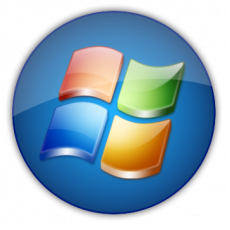
The issues of concern is whether the conversion will keep all of my info including the recovery partition (or equivalent volume on the dynamic disk), OS and still be bootable as mentioned below
My laptop has Intel RAID capability built into the chipset. There is a software RAID built into Windows 8.1, or at least driver mirroring which is what I want. It is also my understanding that you have to have the drive as a dynamic drive and mine is currently basic, so need to know;
1. Does the drive have to be changed to dynamic in order to use mirroring?
2.Is it possible to convert my bootable drive with the OS and all of my data to dynamic without any data loss, and will it retain the recovery partition that has been provided for recovery purposes?
3 Is there any downside to having the disk as a dynamic instead of a basic, and if not why are all disks simply not dynamic to start with?
4. Is using this type of mirroring the same as a hardware RAID 1 where if one drive fails the other can be used without any interruption and will be bootable?
Mirroring is not technically a backup solution, because if you accidentally delete a file, it’s gone from both hard disks.
And then for your problems:
1. Yes, mirrored disks requires changing them to “dynamic disks".
2. The disk that you will use to mirror the existing disk must be unallocated. If it is not, you need to delete Volume to mark it as unallocated. This will destroy any data on that drive.
3. dynamic disk cannot be allowed multiple OS installed on the computer and you may have problems working with a dynamic disk in older versions of Windows.
4. RAID Level 1 can also be referred to as a mirrored array of hard drives. Mirroring is implemented when fault tolerance is desired. A mirrored volume is provides fault tolerance by duplicating data on two disks. If one disk fails, the data on the failed disk becomes unavailable, but the system continues to operate using the unaffected disk. A mirrored volume is provides fault tolerance by duplicating data on two disks. If one disk fails, the data on the failed disk becomes unavailable, but the system continues to operate using the unaffected disk.
Good Luck!



 Posted by
Posted by








Enter the code in the box below: